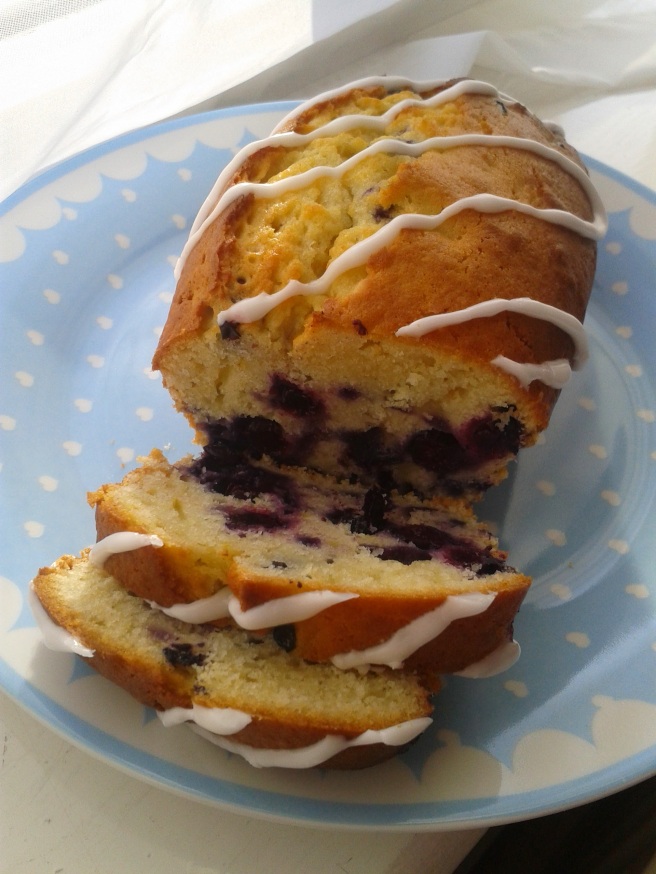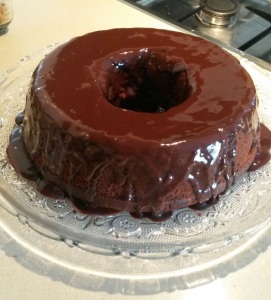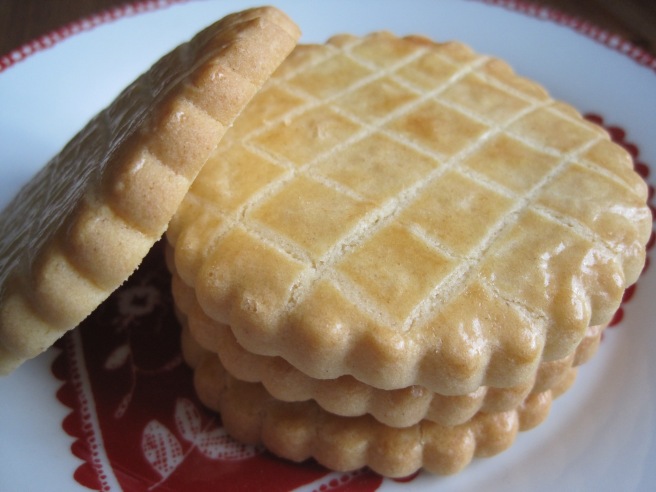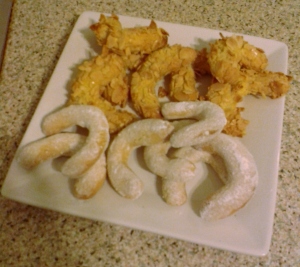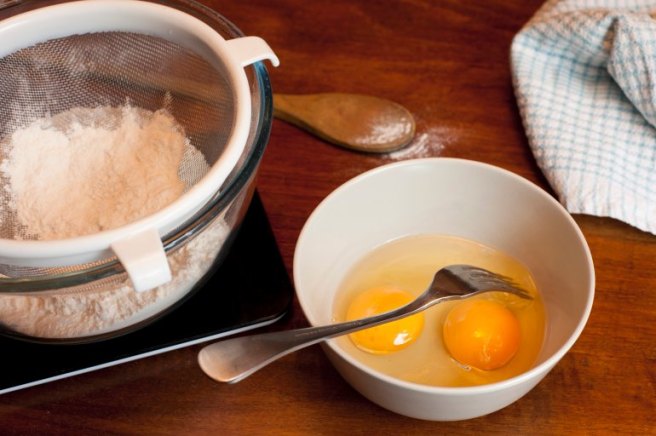
- freefoodphotos.com
When it comes to baking, the equipment you need can be endless, and this can seem daunting. So what do you really need to invest in?
Scales The most important thing to get right in baking is weights. So the most important piece of equipment you need, in my opinion, is a good scale. Baking is about precision, you can’t just throw some ingredients together and wish for the best.
Measuring spoons and jugs Hand in hand with this goes measuring jugs and spoons. Measuring jugs are ideal for measuring liquids and they double as a mixing bowl… bonus! They don’t need to be fancy anyway, as long as they measure accurately.
Tins and trays When it comes to the tins and trays there is a lot out there, but what do you really need? If you had to go out there now and buy every tin that exists, you would spend an absolute fortune. What I would suggest is buying a few and use your imagination until you can afford to add to your collection. Who said a Victoria sponge has to be round anyway? In my opinion the most important are a 20cm round spring form tin (for cakes, cheesecakes, tarts, etc), a 2lb loaf tin (for cakes and breads), a rectangular tin (this can be used for things like brownies but double up as a baking tray) and a 12 hole muffin tray.
Whisk I don’t know what I would do without my whisk. I have a little one that cost me £2 and I use for everything… pancakes, custard, sauces, cream cheese frosting and fairy cakes.
Bowls I know it seems like an obvious thing to have bowls, but to make your life a little easier try find some that have no edge or grooves so the ingredients don’t get stuck in there and you don’t waste as much.
Sieve Nothing fancy needed here either. But this is an essential as not only does it air the flour it also catches anything that might be in the dry ingredients.
Spatula A silicone spatula is one of those things you can’t do without, use it for folding in and mixing ingredients and for scraping the sides of the bowls to minimize wastage.
Rolling pin This doesn’t have to be a big expensive one, I use a little Silicone one and I manage just fine. Wood is fine too and don’t worry about gadgets unless you’re planning on making your own pasta.
Pastry brush You can get a pastry bush from any local supermarket that will cost you less than £2. As long as it’s good quality and the bristles won’t loosen and end up in the cake.
Cutters Round, square, heart shaped, gingerbread men… whatever takes your fancy, but start off with one set, you can get a set of 6 or so round ones in most supermarkets, to make cookies and scones. Once you start being more adventurous your collection can grow with you.
Zester More specifically a fine zester, whichever you feel more comfortable using as long as it gets the job done and doesn’t take half your finger with it.
Piping bags and nozzles You can either spend a little more money and but a fabric piping bag and this usually comes with some sort of nozzle. But what I would suggest is getting a few plastic piping bags and a 15mm round nozzle. This will work for doing straight forward things like cupcakes but also be perfect later on for macarons for example.
Happy Baking!
~Dominique ~
